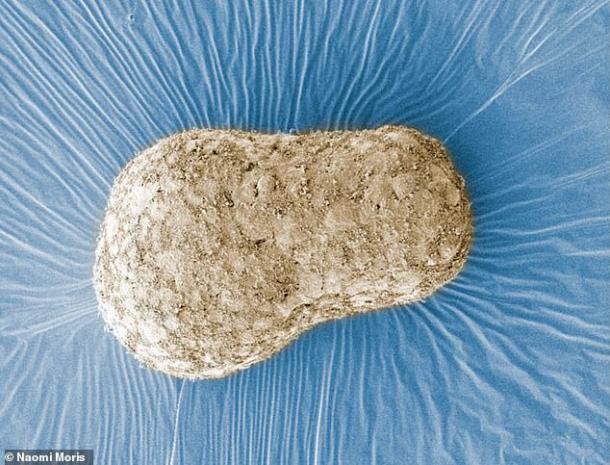
Breaking News
 'Gaslighting of Lyme patients is over': RFK Jr. promises renewed focus
'Gaslighting of Lyme patients is over': RFK Jr. promises renewed focus
 Ron's Economic Update Bitcoin on the Rise
Ron's Economic Update Bitcoin on the Rise
 18 Visible Signs of Kidney Disease You Shouldn't Ignore
18 Visible Signs of Kidney Disease You Shouldn't Ignore
 2025-12-17 -- Ernest Hancock interviews James Corbett (Corbett Report) MP3
2025-12-17 -- Ernest Hancock interviews James Corbett (Corbett Report) MP3
Top Tech News
 This tiny dev board is packed with features for ambitious makers
This tiny dev board is packed with features for ambitious makers
 Scientists Discover Gel to Regrow Tooth Enamel
Scientists Discover Gel to Regrow Tooth Enamel
 Vitamin C and Dandelion Root Killing Cancer Cells -- as Former CDC Director Calls for COVID-19...
Vitamin C and Dandelion Root Killing Cancer Cells -- as Former CDC Director Calls for COVID-19...
 Galactic Brain: US firm plans space-based data centers, power grid to challenge China
Galactic Brain: US firm plans space-based data centers, power grid to challenge China
 A microbial cleanup for glyphosate just earned a patent. Here's why that matters
A microbial cleanup for glyphosate just earned a patent. Here's why that matters
 Japan Breaks Internet Speed Record with 5 Million Times Faster Data Transfer
Japan Breaks Internet Speed Record with 5 Million Times Faster Data Transfer
 Advanced Propulsion Resources Part 1 of 2
Advanced Propulsion Resources Part 1 of 2
 PulsarFusion a forward-thinking UK aerospace company, is pushing the boundaries of space travel...
PulsarFusion a forward-thinking UK aerospace company, is pushing the boundaries of space travel...
 Dinky little laser box throws big-screen entertainment from inches away
Dinky little laser box throws big-screen entertainment from inches away
 'World's first' sodium-ion flashlight shines bright even at -40 ºF
'World's first' sodium-ion flashlight shines bright even at -40 ºF
Embryo-like model created from stem cells provides a 'blueprint' ...

An embryo-like model researchers created from stem cells can provide a 'blueprint' of the human body as it forms, a study has reported.
The development by researchers from the University of Cambridge will allow experts to study the so-called 'black box' period of human development, gastrulation.
Scientists are unable to directly observe this time in human development in the laboratory as a result of ethical and legal constraints on embryonic research.
The model may help reveal the causes of birth defects or diseases that begin during gastrulation and are often linked to alcohol, medications, chemicals and infections.
A better understanding of the gastrulation period in humans could also help shed light on other conditions including infertility, genetic disorders and miscarriage.
'Our model produces part of the blueprint of a human,' said paper author and geneticist Alfonso Martinez-Arias of the University of Cambridge.
'It's exciting to witness the developmental processes that until now have been hidden from view — and from study.'
This 'black box' period, known as gastrulation, had previo



